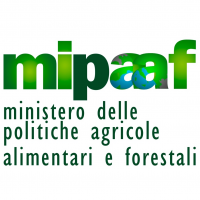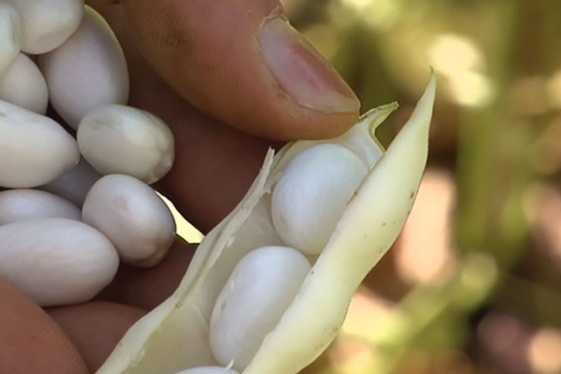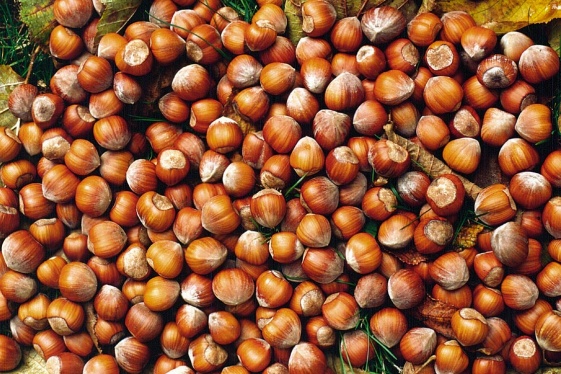
MIPAAF
The Ministry of Agriculture and Forestry (Ministero delle Politiche Agricole Alimentari e Forestali – MIPAAF) develops and coordinates the lines of agricultural, forestry, agri-food and fisheries at the national, European and international level. http://www.politicheagricole.it/
Italian flavors: Rotonda White Beans
Always present in the rural tradition of the Mercure Valley, white beans have played a major role in the agricultural history of the local populations. An 1852 publication by the Kingdom of the Two Sicilies speaks of the cultivation in the area of “graminaceous, leguminous and filierous plants” and specifically mentions the "bean, and this is sever...
Italian flavors: Coppa, Salame and Pancetta Piacentina
In Europe, the tradition of eating pork meat stretches far back into antiquity, as pigs were an animal that was easy to rear in a domestic environment, they were rich in fat and delicious meats and reproduced quickly. In the second half of the nineteenth century, some pig bones excavated from archaeological sites in the Po Valley corroborated the h...
Italian flavors: Piemonte Nuts
The hazelnut, widely found in all temperate regions of the northern hemisphere, was one of the first fruit trees to be used and cultivated by humans, providing an important source of energy for early nomadic populations. Research carried out in past years has shown that the hazelnut was already present in the historical cultivation areas of Piedmon...
Italian flavors: Pecorino Romano
DOP (PDO) Pecorino Romano is the direct descendant of the sheep's milk cheese that was the staple food of the Roman Empire. The story goes that, over 2000 years ago in ancient Rome, the same sheep's milk cheese that we eat today was an important part of the daily meals and banquets of imperial palaces.
Italian Flavors: Terre di Siena Oil
Olive cultivation has deep roots in the area around Siena, and the olive tree can be found in Tuscan works of art and paintings from the late Middle Ages on. There are also texts from the sixteenth and seventeenth centuries that mention the presence of olives over a large part of the hills near Siena which enhanced the magnificent landscape.







